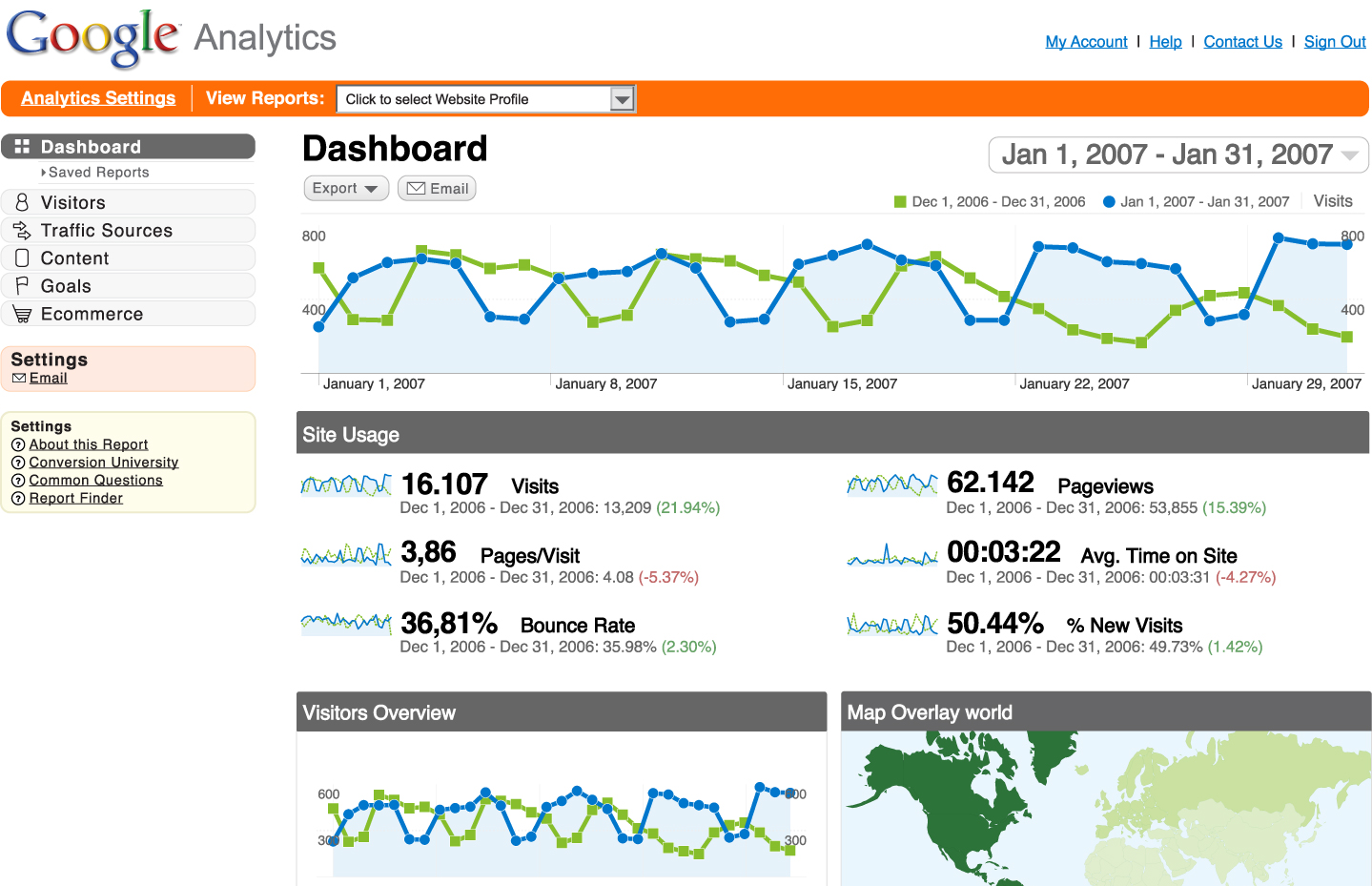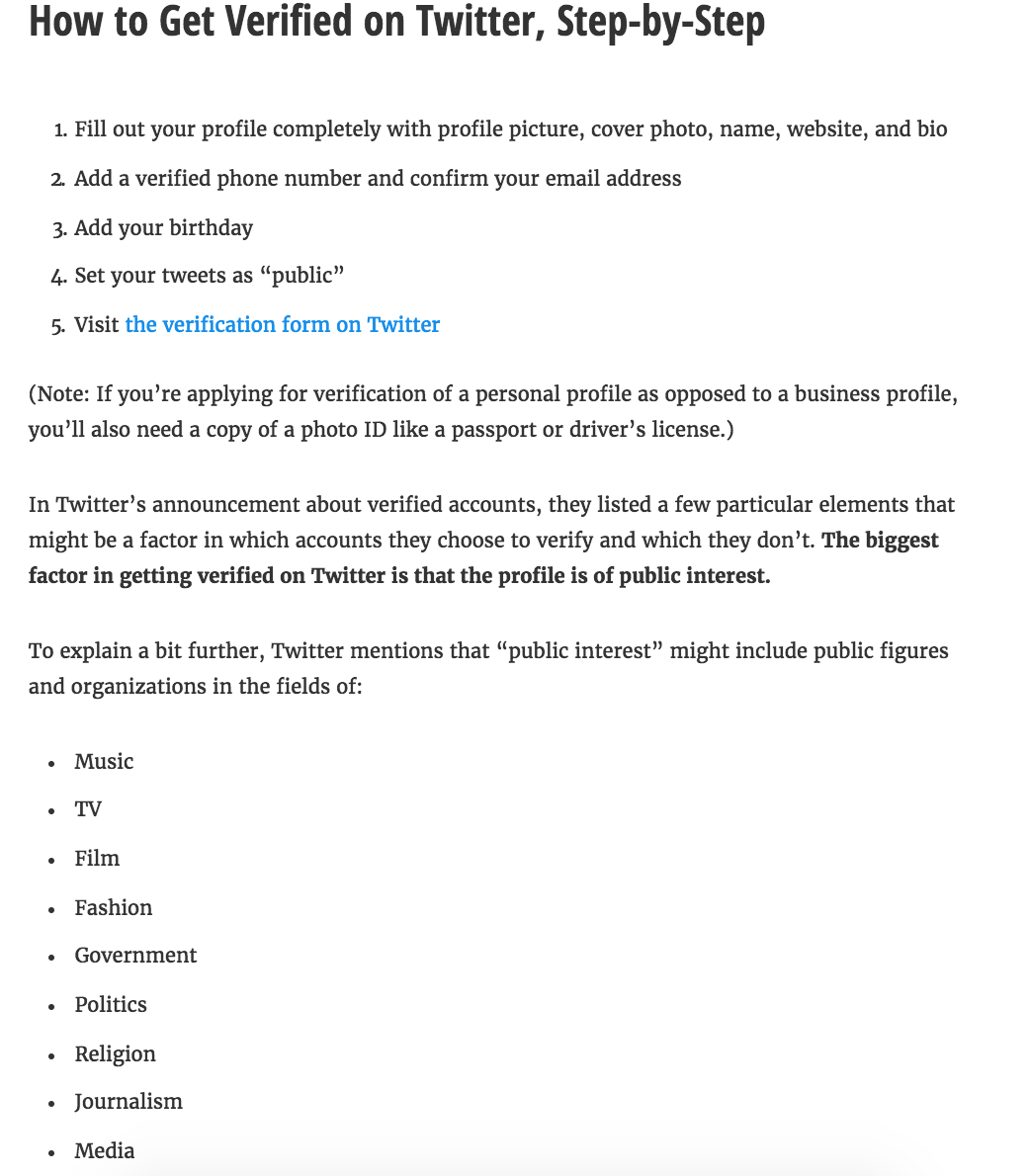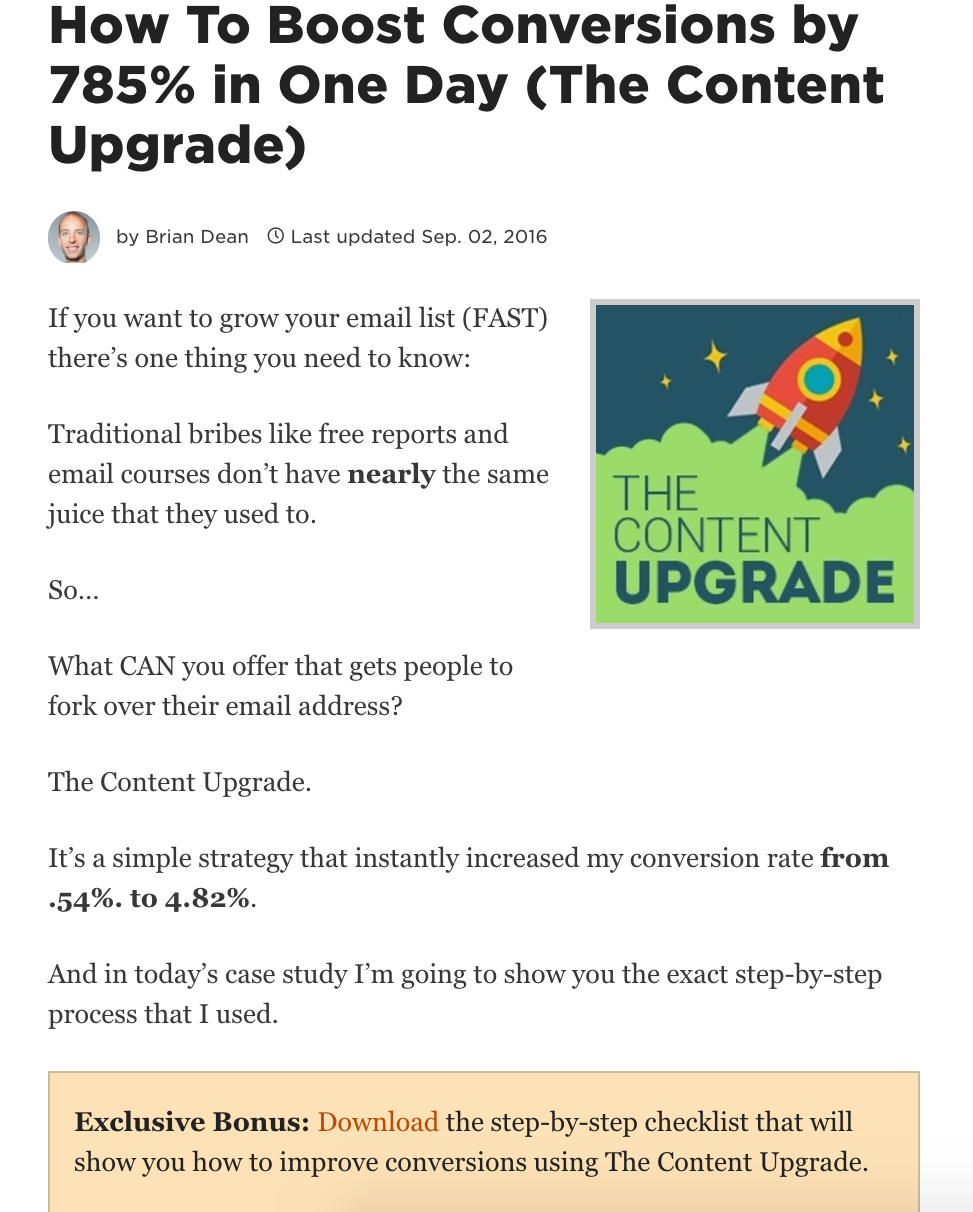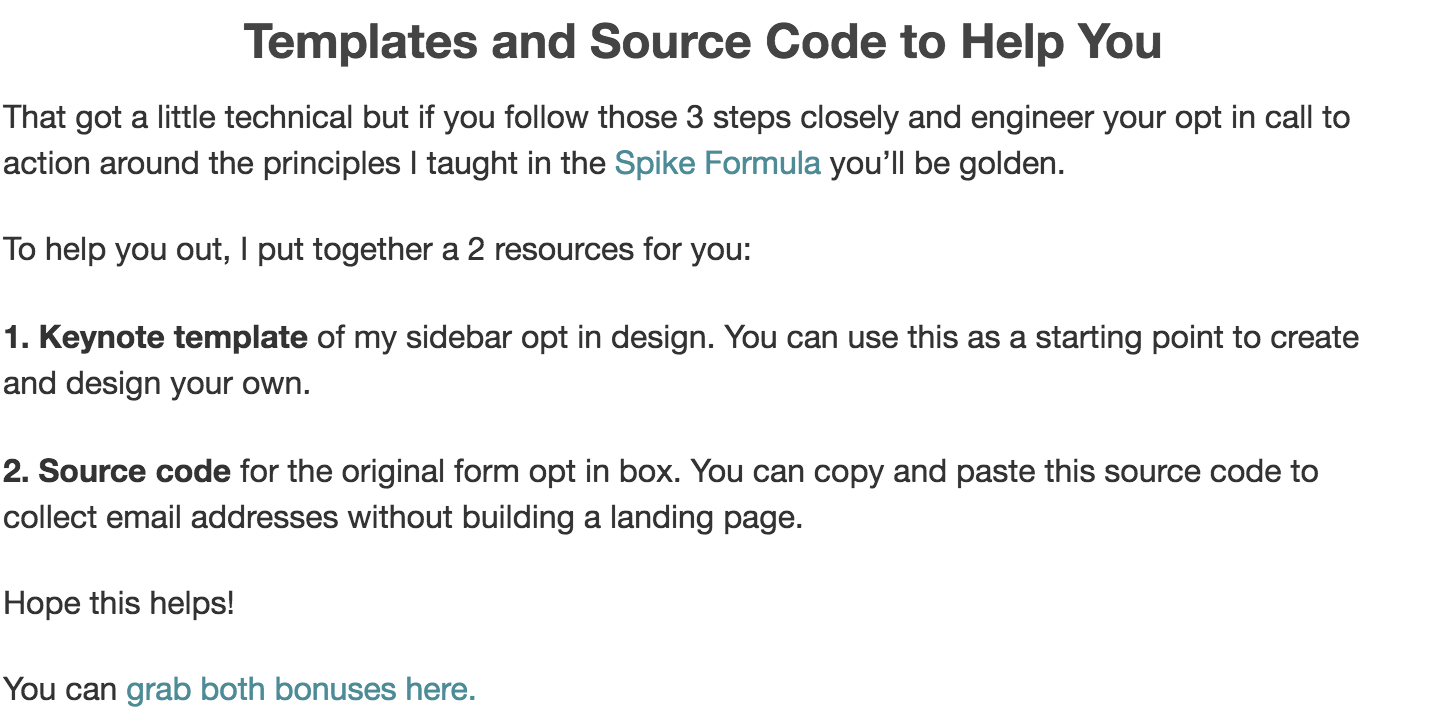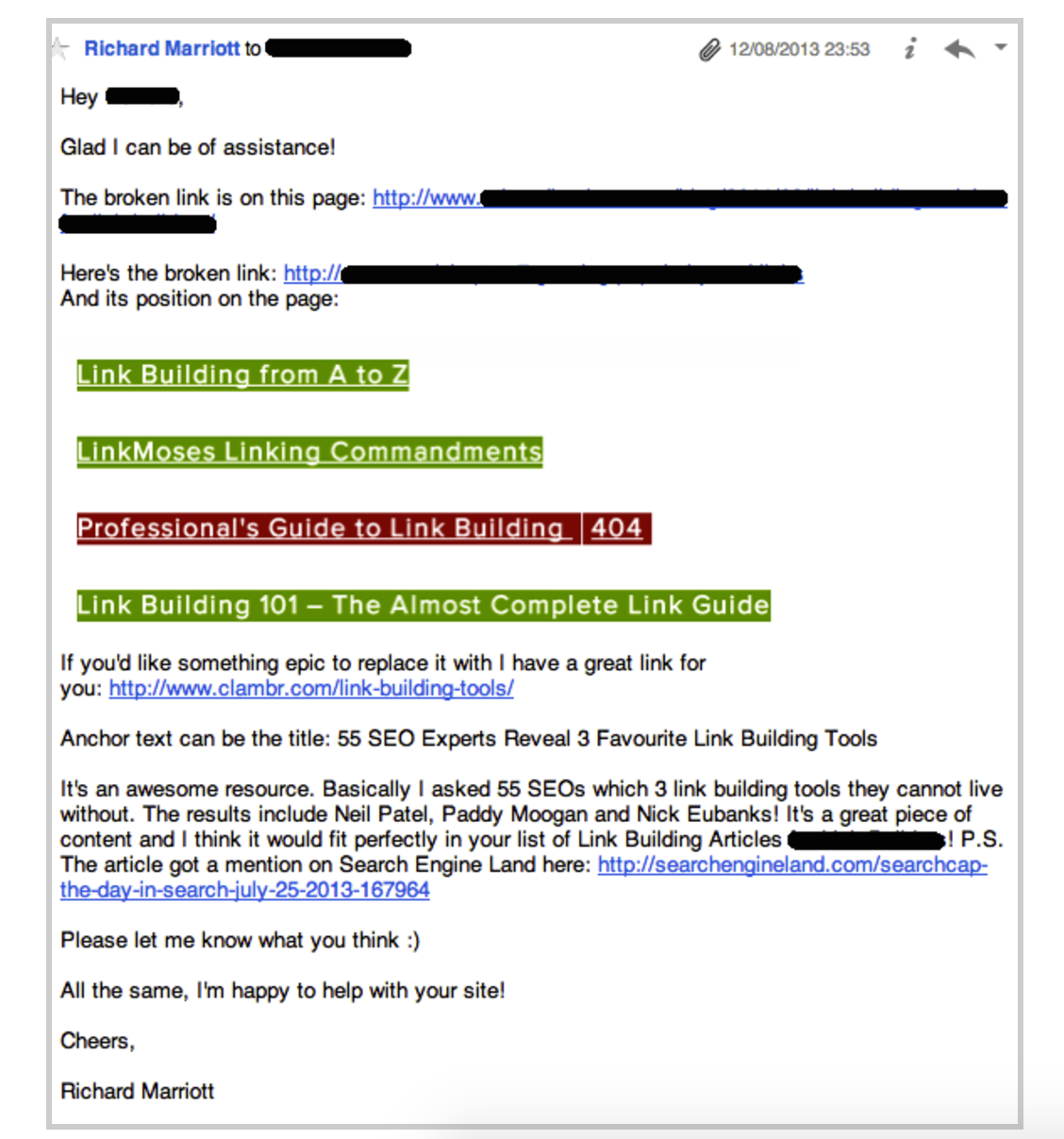The Ultimate Blueprint for a High-Converting Longform Blog Post - Quick Sprout
The Ultimate Blueprint for a High-Converting Longform Blog Post - Quick Sprout |
| The Ultimate Blueprint for a High-Converting Longform Blog Post Posted: 02 Dec 2016 08:00 AM PST You know the saying "content is king," right? Well, there's a new king in town, and its name is longform content. Like you, I was skeptical about longform content at first. "Nobody wants to read 4,000 words," I thought. I was dead wrong. Because longform content rocks. It seems intimidating at first, but the benefits are insane. Need proof? Back in 2012, I ran an A/B test on my site Crazy Egg. I tested the regular homepage against a shorter version. And the longer version converted 30% higher than the short version.
Longform worked better in 2012, and it still works better today. Need more proof? Longform blog posts get more social shares and have a higher average Google rank. Convinced? Awesome! Now onto the good stuff—creating the content that converts. For most of us, creating the content is usually the hard part. If you're used to writing 400-word blog posts, writing 4,000+ seems impossible. But it's totally possible. And I'll show you how. Look no further: This is the ultimate blueprint to creating a high-converting longform blog post. 1. Know your audienceYou will get absolutely nowhere if you don't consider your audience first and foremost. It seems obvious, right? But many bloggers get this wrong. They post irrelevant content and then scratch their heads, wondering why the content didn't do well. Even if you put out awesome content, it'll be worthless if your readers don't love it. You need to find out what your readers want and make it happen. But how do you get the scoop on your readers? One of the best ways to get to know your readers is by surveying them. You can send out a mass survey or schedule calls with a few readers to find out exactly what your audience wants. Next, check out your comments section. Read through each comment, and really listen to what your readers have to say. You'll likely find that certain types of posts tend to have more comments. And don't forget to check your social metrics. Which articles have been shared or retweeted? Last but not least, I'll share one of my favorite tools for getting into your readers' minds: Google Analytics.
Google Analytics (GA) can reveal a lot about your readers. You can find out where your readers are from and what their interests are. Every blogger needs to know and use GA. 2. Choose relevant ideasOnce you've understood your readers' needs, you have to meet those needs with your content. And that means coming up with relevant ideas. Here's the catch: Coming up with ideas is hard. You want something fresh that will excite your readers, but it's all been done before, right? Don't worry—it's easier than it seems. First, take a look at the data you’ve collected from your readers. What kinds of topics are most popular with them? That's the ballpark you want to be in. Let's say you have a fitness blog and you see that articles about food get the most attention. That's your starting point. From there, you can narrow it down. For example, if GA Interests tells you that your readers are interested in apartment living, you might write an article called "5 Apartment Workouts That Won't Wake the Neighbors." You're delivering exactly what your readers want. But there are tons of ways to get ideas. One time-tested trick is to use BuzzSumo to find trending articles. Let's apply that to our example of apartment workouts:
Now you've got some insight into what your competitors are doing and what's working for them. 3. Make the content crazy goodYou knew going into this that the actual content of your blog posts is important. And when you're dealing with longform posts, the quality of the content will make or break the experience. If you can't hook your readers and keep them interested, you'll lose them because no one's going to read thousands of words if the content is boring them to tears. How do you keep your readers entertained that long? There's one trick to this: Strive to provide enormous value with every word you write. If you're constantly aiming at providing value, your writing will be more targeted. And that's always a good thing. (It also wouldn't hurt to brush up on your copywriting skills.) I'll be the first to admit that you can focus on providing value and still struggle with writing great content. Thankfully, there are other techniques you can use: Aim to use short paragraphs, subheadings, and lots of images. This will help readers move through the post more quickly, increasing the likelihood that they'll finish reading. Check out this post from Buffer:
Subheadings are particularly important for longform content. If your readers are scrolling through your post and see paragraph after paragraph after paragraph, they'll get tired. Fast. Make sure your readers always know where they are in your post. Use subheadings as mile markers to remind your readers of the topic at hand. And you absolutely have to include research. Your readers want to be sure that what you're saying is backed by data. Posts that include real-life examples and case studies perform better than data-free posts. Don't skip over this step! Your article content plays a crucial role in conversion. If your content doesn't wow people, do you think they'll want to give you their emails? (Spoiler alert: they won't.) 4. Offer something specialIf you've written a spectacular longform blog post, you'll hook your readers. But it doesn't end there: you have to give them somewhere to go next. Don't get me wrong—there's a ton of longform content that performs extremely well without offering anything. (Quick Sprout's Advanced Guide to Content Marketing is just one example.) But we're talking about writing high-converting longform blog posts. And while you can get good conversion rates without offering a gift, they won't be as good. Think about it. Your first-time readers just finished your 3,000-word post. They loved it, and they want more. If they see a free offer from you, you can bet they'll take it. That’s because once you've built up authority with your audience, you're in the position to offer a trade: something extremely valuable for nothing more than an email address. It's a win-win. This technique—giving away something on a blog post—is called a content upgrade. Your offer raises the bar and gives readers something even better than the blog post itself. Brian Dean from Backlinko is a huge fan of content upgrades. In fact, he was one of the pioneers of the content upgrade approach. He even uses a content upgrade on his post about content upgrades:
See what he's doing? He's offering his readers something valuable that builds on the information in the blog post. In this case, it's a checklist. When Brian implemented content upgrades, he got an unbelievable 785% in conversions. (Nope, that's not a typo.) That's the power of the content upgrade. But you need to create the perfect content upgrade. It needs to be relevant, valuable, and helpful. This is where all that data we talked about earlier comes in. Remember that apartment workout example we used? Our hypothetical fitness blog has readers who are also interested in apartment living (according to GA). Content upgrades let you go a step further. An article called "5 Apartment Workouts That Won't Wake the Neighbors" is good, but offering a bonus infographic showing the five workouts, step by step, is even better. Here's another great example from Bryan Harris at Videofruit. I love this content upgrade because it's so relevant.
It's already valuable, but then Bryan ends the article with this:
Are you kidding me? Templates and source code? That's a one-two punch that creates a humongous amount of additional value. As you can see, content upgrades work best when they're super relevant to the topic at hand. Give your readers actionable advice they can use today. 5. Share itI see that sometimes people focus on the "content" part of content marketing too much. But your awesome blog post won't do anything if it's sitting on your site collecting dust. It needs to be shared. The first step is to promote the article on all your social networks. (Here are some of my favorite tools for getting more social shares.) But you don't have to stop there. You can find influencers in your niche and reach out to them with your article. A popular method of reaching out to blogs is to find broken links, alert the blog owners, and nicely ask them to share your article. Brian Dean calls this the "Moving Man Method." This worked extremely well for Backlinko reader Richard Marriot, who saw a 348% traffic increase in a week. He sent out emails like this:
And this was the result:
This isn't hot air—this is stuff that works for real people. And it'll work for you too. ConclusionIf you do it right, longform blog posts can become one of the highest converting parts of your site. But that requires paying serious attention to it. You can't stop blogging, and you can't let the quality of your posts go down. That said, if you put in the work, you'll see your conversion rates soar. I know that because that's what happened to me and tons of other bloggers. People love longform content when it's super valuable to them. So, go out there and create longform blog posts that will blow your readers away. What are your favorite tricks for creating awesome longform blog posts? |
| You are subscribed to email updates from Quick Sprout. To stop receiving these emails, you may unsubscribe now. | Email delivery powered by Google |
| Google Inc., 1600 Amphitheatre Parkway, Mountain View, CA 94043, United States | |

